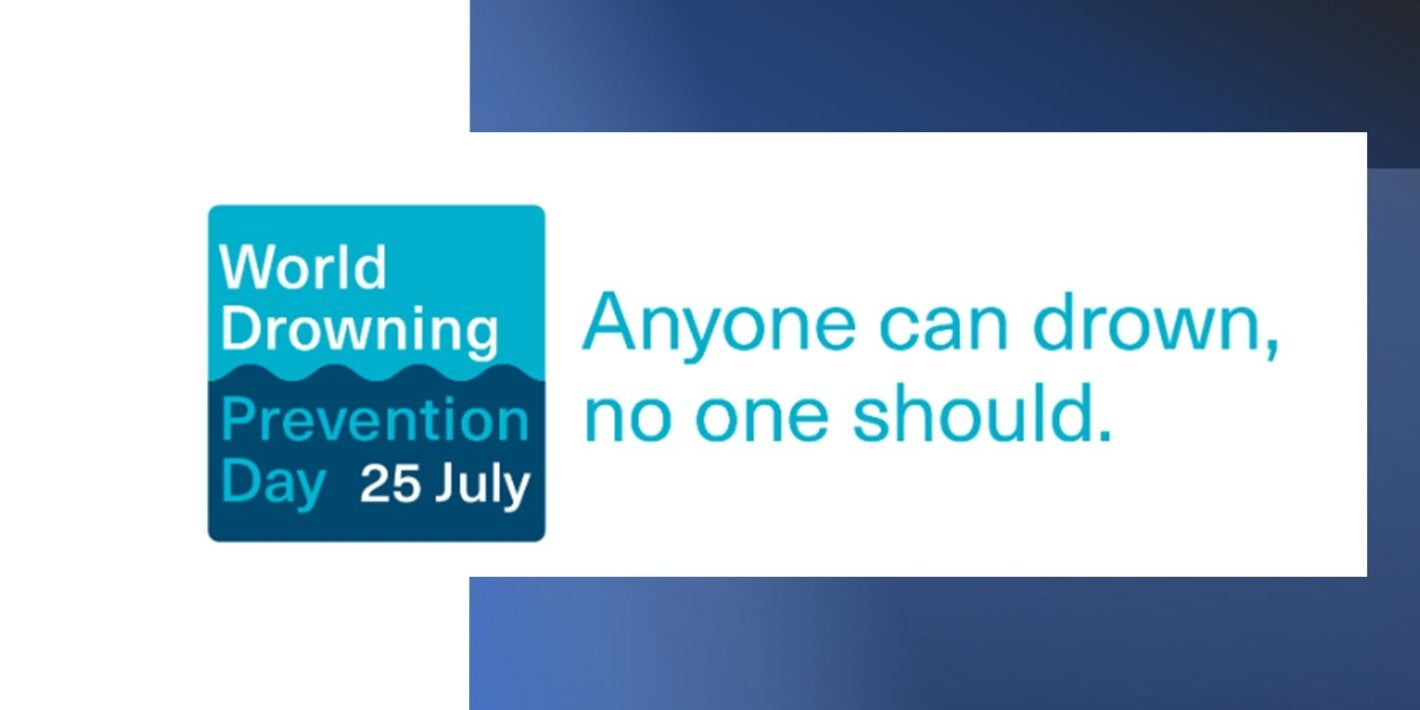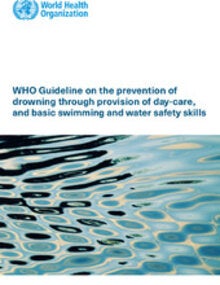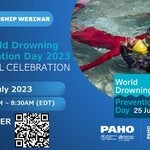Drowning is one of the leading causes of death globally for children and young people aged 1-24 and is estimated that 236,000 people drown in 2019.
More than 90% of drowning deaths occur in low- and middle-income countries, with children under the age of five being at the highest risk. These deaths are frequently linked to daily, routine activities, such as bathing, collecting water for domestic use, traveling over water on boats or ferries, and fishing. The impacts of seasonal or extreme weather events – including monsoons – are also frequent causes of drowning.
The burden of unintentional drowning
Risk Factors:
- Age: Globally, the highest drowning rates are among children 1–4 years, followed by children 5–9 years. As an example, in the United States of America, drowning is the second leading cause of unintentional injury death in children aged 1-14 years.
- Gender: Males are especially at risk of drowning, with twice the overall mortality rate of females. They are more likely to be hospitalized than females for non-fatal drowning. Studies suggest that the higher drowning rates among males are due to increased exposure to water and riskier behavior such as swimming alone, drinking alcohol before swimming alone, and boating.
- Access to water: Increased access to water is another risk factor for drowning. Individuals with occupations such as commercial fishing or fishing for subsistence, using small boats in low-income countries are more prone to drowning. Children who live near open water sources, such as ditches, ponds, irrigation channels, or pools are especially at risk.
- Flood disasters: Drowning accounts for 75% of deaths in flood disasters. Flood disasters are becoming both more frequent as well as more severe and this trend is expected to continue as part of climate change. Drowning risks increase with floods, particularly in low- and middle-income countries where people live in flood-prone areas, and the ability to warn, evacuate, or protect communities from floods is weak or only just developing.
- Traveling on water: Daily commuting and journeys made by migrants or asylum seekers often take place on overcrowded, unsafe vessels lacking safety equipment or are operated by personnel untrained in dealing with transport incidents or navigation. Personnel under the influence of alcohol or drugs are also a risk.
- Other risk factors:
- Infants left unsupervised or alone with another child around water.
- alcohol use, near or in the water.
- medical conditions, such as epilepsy.
- tourists unfamiliar with local water risks and features.
Prevention
- Most of these deaths are preventable, through evidence-based, low-cost solutions, such as:
- installing barriers controlling access to water
- providing safe places away from water such as crèches for preschool children with capable childcare
- teaching swimming, water safety, and safe rescue skills
- training bystanders in safe rescue and resuscitation settings and enforcing safe boating, shipping, and ferry regulations
- improving flood risk management
Individuals can: Share drowning prevention and water safety advice with their families, friends, and colleagues; sign up for swimming or water safety lessons, or support local drowning prevention charities and group.
Groups can: Host public events to share water safety information; launch water safety campaigns; or commit to developing or delivering new drowning prevention programs, using recommended best practice interventions.
Governments can: Develop or announce new drowning prevention policies, strategies, legislation, or investment; convene multisectoral roundtables or parliamentary discussions on drowning burden and solutions; and introduce or commit to supporting drowning prevention programming domestically or internationally.










